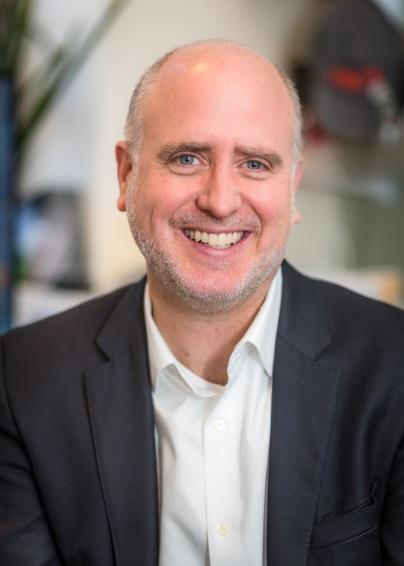Dana-Farber wins additional funding to develop human cancer models
The National Cancer Institute (NCI) has extended funding to Dana-Farber Cancer Institute and the Broad Institute of MIT and Harvard to generate new models of cancer that more accurately represent human tumors. Dana-Farber and the Broad will serve as one of only two national Cancer Model Development Centers (CMDC) for cell line model generation as part of the NCI Human Cancer Models Initiative (HCMI).
The new contract provides an additional $3,384,000 to create patient-derived cell line models of cancer for another 18 months, until May 2020, bringing the total funding for this project to $7.351,000.
As part of this phase of the project “we have committed to create an additional 150 models, and this – combined with our prior work – should lead to more than 300 models being released to the public domain from DFCI/ Broad for accelerating cancer research,” said Keith Ligon, MD, PhD. He is Chief of Neuropathology at the Dana-Farber/Brigham and Women’s Cancer Center and co-director of the CMDC with Jesse Boehm, PhD, at the Broad Institute. Models have been made from a wide range of cancer patients with the collaboration of DFCI disease leaders.
Ligon, along with Dr. Kin-Hoe Chow, PhD, heads the Center for Patient Derived Models at Dana-Farber which supports the project. Key support also was provided by the departments of Pathology at DFCI, Brigham and Women’s Hospital, and the Boston Children’s Hospital.
The first phase of the project was focused on establishing the complex research and clinical infrastructure necessary for the generation of models, which involves using novel cell culture techniques to generate models of cancer that better resemble the key characteristics and complexity of human tumors than the older cell lines currently employed. These new models, because they more accurately replicate the gene expression and mutations of cancer cells, are considered critical to advance the development and testing of cancer therapies
“Now in the second phase we want to pivot to ensure a very high degree of scientific impact and integration with ongoing cancer projects,” said Ligon, “especially those that may also be supported by NCI such as clinical trial consortia.”
Scientists will make the models using tissue from patients who consented to donate their tissue for this purpose from different types of cancer, including rare tumor types, tumors from underrepresented minorities, and children’s cancers, each of which are often not available in existing cell line collections. Support from patients generously willing to donate their tissue has been a key factor in the success of the project.
The ultimate goal of the NCI project is to create 1,000 cancer models, and to have them made widely accessible to the research community through a professional distributor.
“This is one of the most exciting projects NCI has sponsored,” said Ligon. “There’s really been an explosion of excitement around these valuable cancer models, and this effort will allow the Broad and Dana-Farber and their clinical partners to accelerate the science of cancer modeling internationally.”
Media Contacts
If you are a journalist and have a question about this story, please call 617-632-4090 and ask to speak to a member of the media team, or email media@dfci.harvard.edu.
The Media Team cannot respond to patient inquiries. For more information, please see Contact Us.
